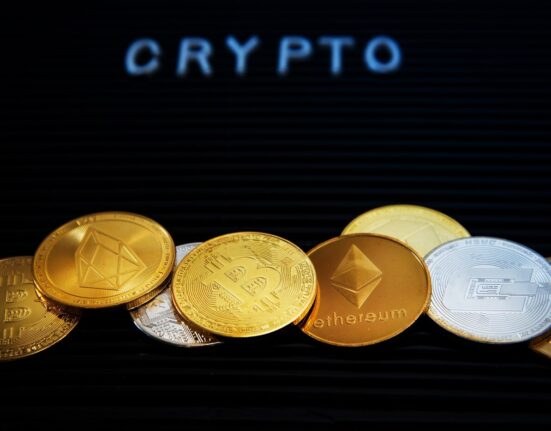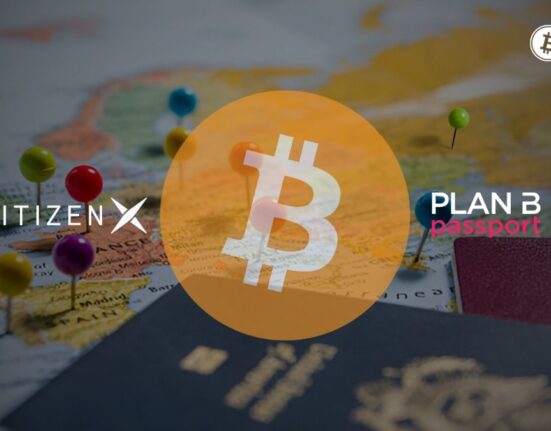
On Apr. 21, 2025, gold reached a new all-time high for the third time in April. This time, the price per troy ounce of gold neared the $3,400 mark for the first time. Increased demand for gold reflects the economic turmoil intensified by the trade war deployed by the U.S. However, financial uncertainty is not the only reason for the spike in gold prices.
Gold is widely recognized as a hedge against inflation. Why did it hit an all-time high the same day when Donald Trump claimed on Truth Social that there is “virtually no inflation” in the U.S. and food prices and energy costs are down? The answer is not that hard.
The political-economical context
All the positive economic metrics Trump recites in his Truth Social post published on Apr. 21 are mentioned not to boast a healthy economy, but rather to demonstrate that the Federal Reserve Chair Jerome Powell is too cautious in his reluctance to cut the rates.
Seemingly, Trump’s tariff plan was unthinkable without interest rate cuts. However, Powell’s disinterest in cutting the rates amidst the trade war and a 90-day pause on tariffs comes in the way of Trump’s policies. Trade war unleashed investors’ uncertainty and fear and a spree of liquidations. Businesses are not in a hurry to return manufacturing to the U.S., as no one understands if the tariffs are bluffing aimed at reaching better conditions for the U.S. in negotiations or a real trade war.
Powell and other Fed officials insist that relatively low inflation is their achievement and that they are going to make it even lower, so cutting interest rates is not something they are going to do soon. It’s worth saying that the Fed officials are not denying they can cut the rates; rather, they say that they wait for clearer effects of the trade war before making a decision. Trump seeks a liquidity injection to the market and a weaker dollar.
Well, it turns out the dollar is capable of getting weaker even without rising inflation. The Apr. 21 headlines and financial social media posts were all about gold hitting ATH, dollar and stocks dropping, and Bitcoin coming up after a weeks-long bearish phase. Bitcoin jumped from $84,000 to over $88,000 in just a few hours. The dollar index dropped to 97.92, reaching the lowest mark in three years. The stock market suffered outstanding declines, especially in tech indexes.
Gold saw a $71 single-day rise, growing by over 2%. The year-to-date growth of the gold price nearly reached 30%. The key resistance level reached $3,395.84 while the support level remained above $3,000.
The news that India is going to impose tariffs on China while China presses on countries that will trade with the U.S. fuels the overall chaos even more. Amidst the fear of recession, debasement of the American dollar, and other cataclysms, a broader cross-border crisis, and other cataclysms, people invest in gold, seeing it as a haven. As gold is finite and doesn’t bear counterparty or credit risks, it stands strong in turbulent years.
Gold-U.S. debt correlation
The gradual growth of gold in April was predicted by financial writer Timothy Peterson. On Apr. 17, 2025, he shared his thoughts on the near future of the gold price on X.
In the post, Peterson presented a model of correlation that allegedly exists between the gold price and the level of the U.S. national debt. Peterson outlines that gold may sometimes drag a bit behind the debt movements.
On Apr. 17, he indicated that the current debt level suggests that the gold price may rise to at least $3,600. In two years, gold may hit $4,600 at a minimum, according to Peterson.
The U.S. national debt has been growing at the fastest rate in 80 years. It doubled in ten years and exceeded America’s GDP valuation, meaning that the U.S. is spending more than it is earning.
These conditions helped the gold price to reach new highs. The correlation is very easy to understand. The national debt growth draws people to invest in gold as a more sustainable asset than stocks or bonds. Aside from the U.S. national debt, the other two factors that drive gold’s price are inflation and political and/or economic turmoil. Although lately inflation has been going down in the U.S., the international unease keeps rising. It’s worth saying that central banks around the world react to these factors too and buy gold, increasing demand for this asset.
Disclosure: This article does not represent investment advice. The content and materials featured on this page are for educational purposes only.








